In today’s rapidly evolving urban landscape, architecture plays a crucial role in shaping the identity and character of a city. Modern building facades have become a canvas for architects and designers to showcase their creativity and innovation, setting the tone for the entire structure. As urban environments continue to densify, the design of building facades has become increasingly important in defining the aesthetic appeal of a building while also addressing functional and environmental considerations. The evolution of modern building facades can be traced back to the early 20th century when architects began to experiment with new materials and construction techniques. The use of steel and glass allowed for larger and more daring designs, breaking away from the traditional constraints of stone and brick. This shift towards a more experimental approach to facade design laid the foundation for the modernist movement, which embraced simplicity, functionality, and the use of industrial materials. One of the most iconic examples of modernist facade design is the Seagram Building in New York City, designed by Ludwig Mies van der Rohe and Philip Johnson. Completed in 1958, the building’s sleek glass curtain wall facade revolutionized architectural design and set a new standard for modern skyscraper construction. The use of reflective glass panels created a sense of transparency and lightness, blurring the boundaries between inside and outside and reflecting the surrounding cityscape.

.
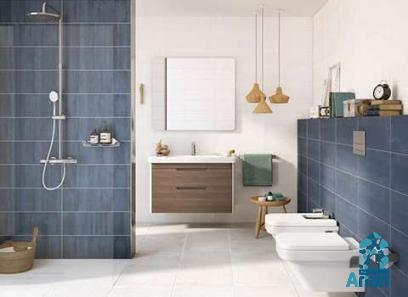 Another key development in modern facade design is the concept of green facades, which integrate sustainable elements such as living walls, green roofs, and solar shading devices. These innovative designs not only enhance the visual appeal of a building but also contribute to environmental sustainability by improving energy efficiency and reducing carbon emissions. Green facades help to mitigate the urban heat island effect, improve air quality, and provide habitats for wildlife in densely populated urban areas. Advancements in technology have also had a significant impact on modern building facades, enabling architects to push the boundaries of design and construction. Digital fabrication techniques, such as 3D printing and robotic assembly, have revolutionized the way facades are designed and fabricated, allowing for intricate geometries and complex forms that were previously unattainable. Parametric design software has empowered designers to explore new possibilities in facade patterning and customization, creating dynamic and responsive facades that react to environmental conditions and user preferences. One of the most exciting trends in modern facade design is the integration of smart materials and interactive technologies that transform facades into dynamic, responsive elements. Smart facades can adapt to changing weather conditions, control light and heat levels, and even generate energy through solar panels and kinetic systems. By incorporating sensors, actuators, and other smart technologies, building facades can become active participants in the built environment, responding to user needs and environmental cues in real-time. The concept of biomimicry has also influenced modern facade design, with architects drawing inspiration from nature to create facades that are not only aesthetically appealing but also functionally efficient. Biomimetic facades mimic natural systems, such as the intricate patterns of leaves or the protective shells of insects, to optimize ventilation, shading, and thermal comfort. By emulating the efficiency and resilience of natural structures, architects can create sustainable and high-performance facades that enhance the well-being of building occupants.
Another key development in modern facade design is the concept of green facades, which integrate sustainable elements such as living walls, green roofs, and solar shading devices. These innovative designs not only enhance the visual appeal of a building but also contribute to environmental sustainability by improving energy efficiency and reducing carbon emissions. Green facades help to mitigate the urban heat island effect, improve air quality, and provide habitats for wildlife in densely populated urban areas. Advancements in technology have also had a significant impact on modern building facades, enabling architects to push the boundaries of design and construction. Digital fabrication techniques, such as 3D printing and robotic assembly, have revolutionized the way facades are designed and fabricated, allowing for intricate geometries and complex forms that were previously unattainable. Parametric design software has empowered designers to explore new possibilities in facade patterning and customization, creating dynamic and responsive facades that react to environmental conditions and user preferences. One of the most exciting trends in modern facade design is the integration of smart materials and interactive technologies that transform facades into dynamic, responsive elements. Smart facades can adapt to changing weather conditions, control light and heat levels, and even generate energy through solar panels and kinetic systems. By incorporating sensors, actuators, and other smart technologies, building facades can become active participants in the built environment, responding to user needs and environmental cues in real-time. The concept of biomimicry has also influenced modern facade design, with architects drawing inspiration from nature to create facades that are not only aesthetically appealing but also functionally efficient. Biomimetic facades mimic natural systems, such as the intricate patterns of leaves or the protective shells of insects, to optimize ventilation, shading, and thermal comfort. By emulating the efficiency and resilience of natural structures, architects can create sustainable and high-performance facades that enhance the well-being of building occupants.
..
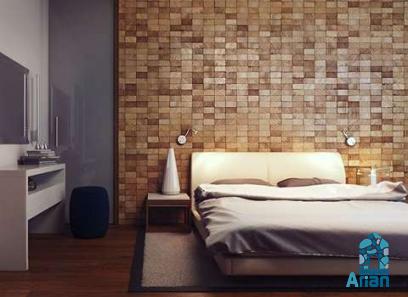 Layered facades are another innovative approach to modern facade design, where multiple layers of materials and systems are integrated to provide various functions such as insulation, ventilation, shading, and aesthetics. These multi-functional facades create a dynamic interplay of light, shadow, and texture, adding depth and complexity to the building envelope. By carefully layering different materials and treatments, architects can achieve a harmonious balance between form and function, creating facades that are both visually striking and environmentally responsive. In conclusion, modern building facades have evolved significantly in response to the changing needs and aspirations of society. From the sleek glass curtain walls of the modernist era to the green facades and smart technologies of today, facade design continues to push the boundaries of innovation and sustainability. By embracing new materials, technologies, and design principles, architects can create facades that are not only aesthetically pleasing but also functional, efficient, and responsive to the needs of users and the environment. As we look towards the future, modern building facades will continue to play a vital role in shaping the urban landscape and defining the architectural identity of our cities. The evolution of modern building facades is a testament to the ever-changing nature of architecture and design. Architects and designers are constantly pushing the boundaries of what is possible, exploring new materials, technologies, and approaches to create facades that are not only visually striking but also sustainable, functional, and responsive to the needs of the environment and inhabitants. The concept of adaptive facades is a recent development in modern facade design that seeks to enhance the performance and efficiency of buildings by responding to external environmental conditions. These facades incorporate elements such as movable louvers, dynamic glazing systems, and responsive shading devices that adjust in real-time to optimize natural daylighting, solar heat gain, and ventilation. By adapting to changing conditions, adaptive facades can improve energy efficiency, comfort levels, and overall building performance, reducing the reliance on mechanical systems and minimizing environmental impact. Material innovation has also played a key role in shaping modern building facades, with architects and engineers exploring new materials and construction methods to achieve innovative and sustainable design solutions.
Layered facades are another innovative approach to modern facade design, where multiple layers of materials and systems are integrated to provide various functions such as insulation, ventilation, shading, and aesthetics. These multi-functional facades create a dynamic interplay of light, shadow, and texture, adding depth and complexity to the building envelope. By carefully layering different materials and treatments, architects can achieve a harmonious balance between form and function, creating facades that are both visually striking and environmentally responsive. In conclusion, modern building facades have evolved significantly in response to the changing needs and aspirations of society. From the sleek glass curtain walls of the modernist era to the green facades and smart technologies of today, facade design continues to push the boundaries of innovation and sustainability. By embracing new materials, technologies, and design principles, architects can create facades that are not only aesthetically pleasing but also functional, efficient, and responsive to the needs of users and the environment. As we look towards the future, modern building facades will continue to play a vital role in shaping the urban landscape and defining the architectural identity of our cities. The evolution of modern building facades is a testament to the ever-changing nature of architecture and design. Architects and designers are constantly pushing the boundaries of what is possible, exploring new materials, technologies, and approaches to create facades that are not only visually striking but also sustainable, functional, and responsive to the needs of the environment and inhabitants. The concept of adaptive facades is a recent development in modern facade design that seeks to enhance the performance and efficiency of buildings by responding to external environmental conditions. These facades incorporate elements such as movable louvers, dynamic glazing systems, and responsive shading devices that adjust in real-time to optimize natural daylighting, solar heat gain, and ventilation. By adapting to changing conditions, adaptive facades can improve energy efficiency, comfort levels, and overall building performance, reducing the reliance on mechanical systems and minimizing environmental impact. Material innovation has also played a key role in shaping modern building facades, with architects and engineers exploring new materials and construction methods to achieve innovative and sustainable design solutions.
…
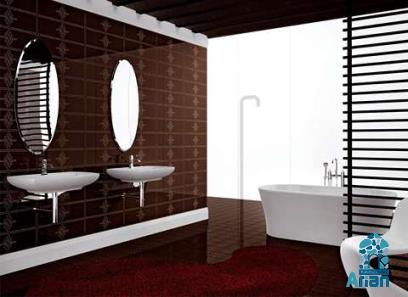 High-performance materials such as carbon fiber, ETFE (ethylene tetrafluoroethylene), and bio-based composites offer lightweight, durable, and energy-efficient alternatives to traditional building materials, allowing for greater design flexibility and environmental performance. These advanced materials can be used to create facades that are not only aesthetically pleasing but also highly durable, weather-resistant, and low-maintenance, ensuring long-term sustainability and value for building owners and users. The concept of inclusive design is another important consideration in modern facade design, as architects strive to create buildings that are accessible, inclusive, and welcoming to people of all ages, abilities, and backgrounds. Universal design principles emphasize the importance of designing spaces that accommodate a diverse range of users, taking into account factors such as mobility, sensory perception, and cognitive function. Inclusive facades incorporate features such as clear wayfinding, tactile surfaces, and well-lit entrances to enhance the accessibility and usability of buildings for everyone, regardless of their physical or cognitive abilities. The integration of art and culture into modern building facades is a growing trend that seeks to celebrate the identity, history, and traditions of a place through architectural expression. Public art installations, murals, and cultural symbols can be incorporated into facades to create a sense of place, foster community engagement, and enrich the urban environment with creativity and storytelling. By integrating art and culture into building facades, architects can create meaningful and memorable spaces that resonate with people on a deeper level, fostering a sense of connection and pride in their surroundings. As we look to the future, the possibilities for modern building facades are endless, driven by advancements in technology, sustainability, and inclusive design. Architects and designers will continue to explore innovative materials, construction methods, and design strategies to create facades that are not only visually stunning but also functional, efficient, and responsive to the needs of users and the environment. By embracing creativity, sustainability, and inclusivity, modern building facades can redefine the urban landscape, enhance the quality of life for inhabitants, and inspire future generations of architects and designers to push the boundaries of what is possible in architectural expression.
High-performance materials such as carbon fiber, ETFE (ethylene tetrafluoroethylene), and bio-based composites offer lightweight, durable, and energy-efficient alternatives to traditional building materials, allowing for greater design flexibility and environmental performance. These advanced materials can be used to create facades that are not only aesthetically pleasing but also highly durable, weather-resistant, and low-maintenance, ensuring long-term sustainability and value for building owners and users. The concept of inclusive design is another important consideration in modern facade design, as architects strive to create buildings that are accessible, inclusive, and welcoming to people of all ages, abilities, and backgrounds. Universal design principles emphasize the importance of designing spaces that accommodate a diverse range of users, taking into account factors such as mobility, sensory perception, and cognitive function. Inclusive facades incorporate features such as clear wayfinding, tactile surfaces, and well-lit entrances to enhance the accessibility and usability of buildings for everyone, regardless of their physical or cognitive abilities. The integration of art and culture into modern building facades is a growing trend that seeks to celebrate the identity, history, and traditions of a place through architectural expression. Public art installations, murals, and cultural symbols can be incorporated into facades to create a sense of place, foster community engagement, and enrich the urban environment with creativity and storytelling. By integrating art and culture into building facades, architects can create meaningful and memorable spaces that resonate with people on a deeper level, fostering a sense of connection and pride in their surroundings. As we look to the future, the possibilities for modern building facades are endless, driven by advancements in technology, sustainability, and inclusive design. Architects and designers will continue to explore innovative materials, construction methods, and design strategies to create facades that are not only visually stunning but also functional, efficient, and responsive to the needs of users and the environment. By embracing creativity, sustainability, and inclusivity, modern building facades can redefine the urban landscape, enhance the quality of life for inhabitants, and inspire future generations of architects and designers to push the boundaries of what is possible in architectural expression.
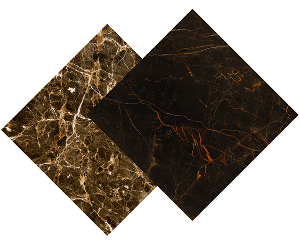



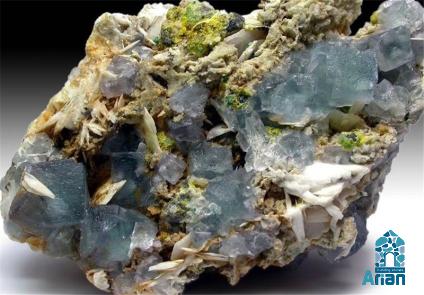
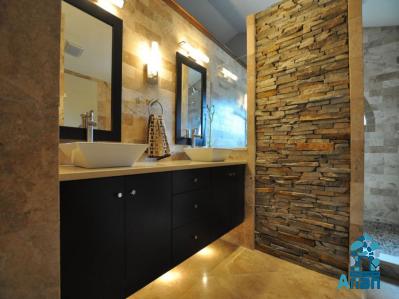
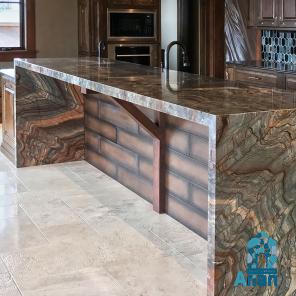
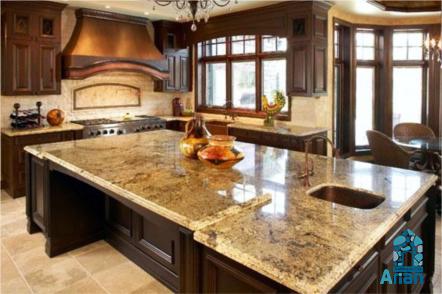


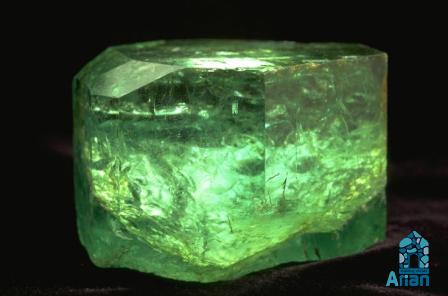
Your comment submitted.